Prise en charge de la maladie thromboembolique veineuse en 2015
[Management of venous thromboembolism: A 2015 update].
Résumé
Deep venous thrombosis (DVT) and pulmonary embolism (PE) constitute venous thromboembolic disease (VTE). Venous thromboembolic disease is a common, serious, and multifactorial disease, the incidence of which increases with age. Risk factors, whether transient (surgery, plaster immobilization, bed rest/hospitalization) or chronic/persistent (age, cancer, clinical or biological thrombophilia, etc.), modulate the duration of treatment. In the absence of pathognomonic clinical sign or symptom, diagnostic management relies in the evaluation of the clinical pre-test probability followed by a laboratory or an imaging testing. So far, compression ultrasound and multidetector computed tomography angiography are the best diagnostic tests to make a positive diagnosis of DVT or PE, respectively. Anticoagulants at therapeutic dose for at least 3months constitute the cornerstone of VTE management. Availability of new direct oral anticoagulants, which have recently been shown to be as effective and as safe as vitamin K antagonist in clinical trials, should facilitate ambulatory management of VTE and favour extended treatments for individuals with unprovoked VTE or VTE provoked by a chronic/persistent risk factor.
